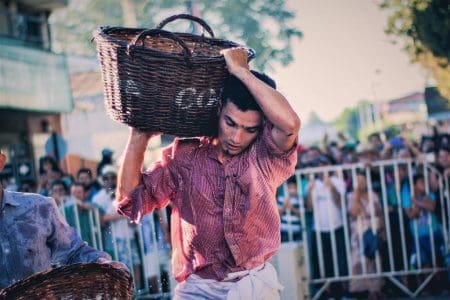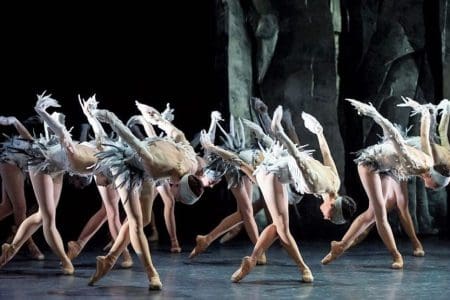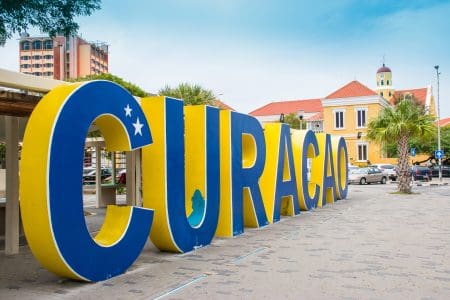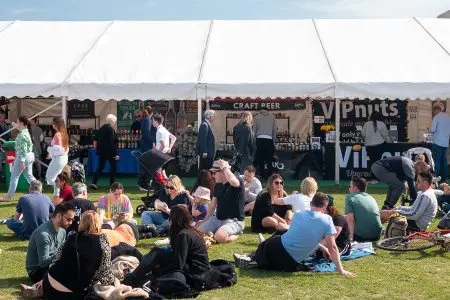
- This event has passed.
Traditional Khmer New Year or Chaul Chnam Thmei is held in April each year. Roads across the country are lined with groups of excited Cambodians armed with water pistols and buckets spilling over with water. Music blasts over crackling speakers and children squeal with laughter as passing motorbikes slow down to receive the ritual Cambodia new year soaking of water and talcum powder heading their way.
This can only mean one thing in Cambodia – it’s Khmer New Year. Every April, cities and towns across the country empty out as locals make the annual pilgrimage home to celebrate the new year with their families. As the most important celebration in the Cambodian calendar, Choul Chhnam Thmei is seen as a time to celebrate, feast on food and relax into laidback provincial life.
Spread across three days – although most Cambodians take the full week off – this is a time when locals celebrate the end of harvest season and the start of a new year. The official dates vary slightly from year-to-year, with Khmer New Year 2024 running from 13 to 16 April.
Along with the Cambodia Water Festival, or Bon Om Touk and Pchum Ben, Khmer New Year is the biggest event in the packed Cambodia festival calendar.
With the majority heading home, the countryside is a hive of activity and villages are alive with festivities. Crowds of kids play games in paddies, parties – usually groups of Cambodians dancing around a booming stereo clutching cans of Angkor beer – go on into the early hours, and there’s real sense of festivity in the air.
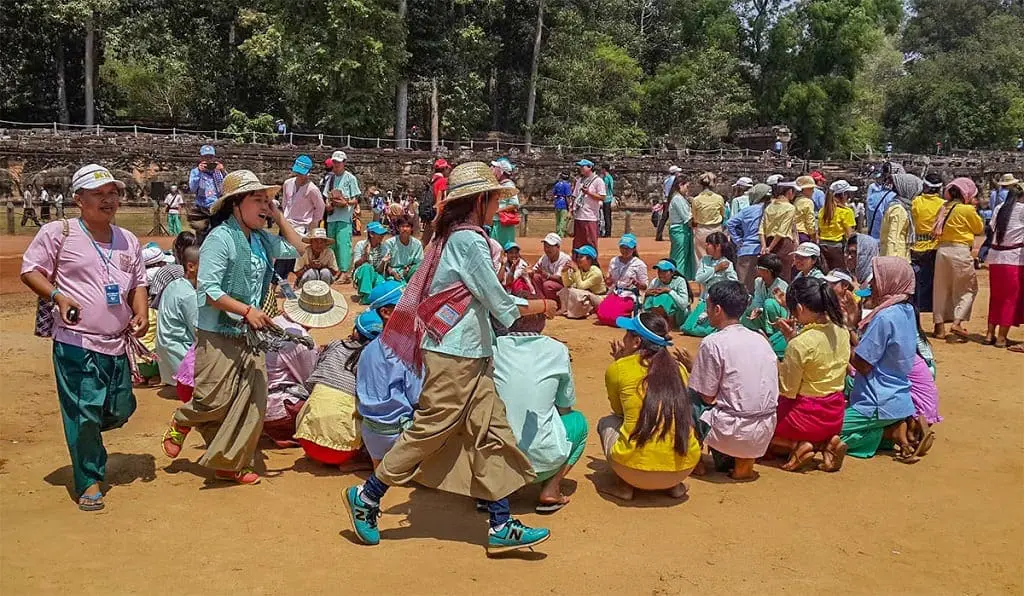
Khmer New Year Traditions
Day 1: Moha Songkran
This is the first day, when it is believed a new god or angel is appointed to offer protection for the year ahead. To welcome the ethereal being, people clean and decorate their houses, and wear new clothes. Offerings of fruits, incense, lotus flowers and drinks – often cans of Coca Cola and even beer – are also left at the spirit houses that guard entrances.
Day 2: Vanabat
This is the Day of Giving when gifts are handed to parents and elders. Children also receive new clothes, and money and used goods are donated to the poor. Visits are also made to the pagoda to give offerings and attend ceremonies dedicated to deceased ancestors.
Day 3: Tanai Lieang Saka
This is the main celebration of Cambodian New Year and means new beginning. Monks are visited in the morning for blessings, so expect to see Cambodians armed with offerings flocking to pagodas from the early hours. This is followed by colourful celebrations in the afternoon, which often spill into the night.
New Year Khmer Fun & Games
Akin to Thailand’s famed Songkran, Khmer New Year sees people living across the country receive a good soaking. This is a tradition that especially comes to life in the provinces.
Believed to wash away the bad luck from the previous year, leaving you clean for the year ahead, expect to have seemingly endless buckets of water tipped over your head, hoses fired into your tuk tuk and water pistols aimed at your face. This is all followed up with soggy talcum powder being smeared on your face.
Unless travelling by car or bus, leave valuables at home because no one walks away dry. If you can’t bear to be away from your phone or camera, then make sure you protect it in a sturdy waterproof bag and go join in the fun.
For more ideas on things to do in Cambodia, read our Essential Cambodia Travel Guide.
When Is Khmer New Year 2025?
The New Year Khmer 2025 will be from 13 to 15 April.
Khmer New Year 2025 Animal
The Khmer New Year animal for 2025 is the snake.
How to Say Happy New Year in Khmer
Cambodians wish each other Soursdey Chhnam Thmey (Sor-s-day Ch-nam T-may). You should place your hands together and make a slight bow when you say it.
Where to Celebrate Khmer New Years
In the Cambodian capital Phnom Penh, the number of shops, restaurants and cafés – mostly geared towards tourists – that stay open during Khmer New Year is gradually growing. However, it’s worth noting that the city empties out during the celebrations.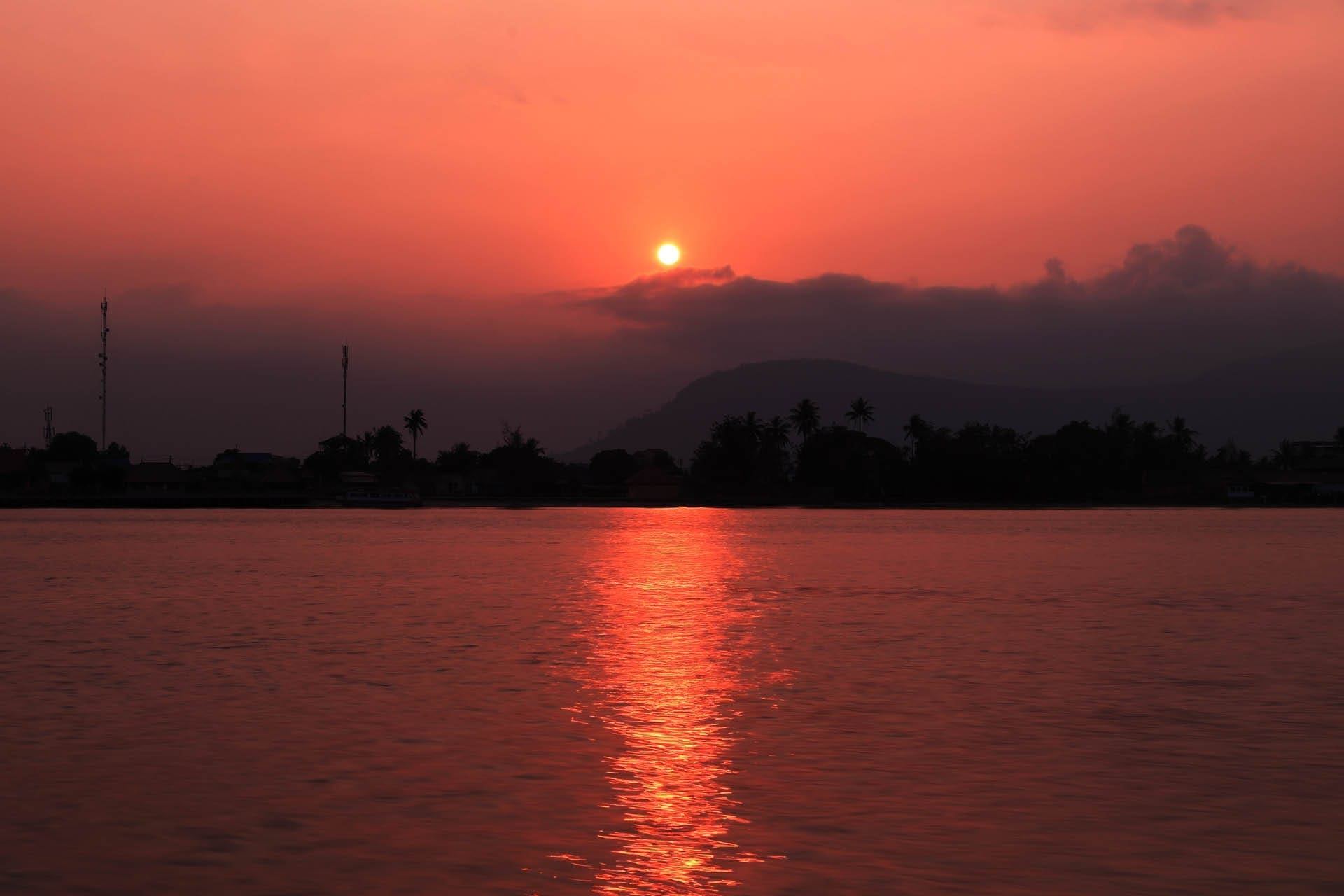
The coastal town of Kep and riverside Kampot are popular spots during Cambodian New Year, photo Joe OgdenThe coastal town of Kep and riverside Kampot are other popular spots. Most major tourist attractions close their doors, so check before visiting, finding transport – especially in the evenings – is tough, and service tends to be slow in spots that remain open as they are operating on skeleton staff.
This makes it the perfect time to escape Phnom Penh. Siem Reap fills up quickly as it is a popular place for holidaying Cambodians. It also hosts a huge annual Angkor Sankranta event at Angkor’s temples. This attracts crowds of Cambodians to watch and take part in traditional games, such as rice cake-eating and largest sticky rice cake competitions. Music concerts add to the atmosphere.
Battambang recently started hosting its own version of Sankranta. Last year, swathes of the city centre were closed to traffic as tens of thousands of celebratory locals flocked there to refresh in the canons firing water into the crowds and dance to music.
The coastal town of Kep and riverside Kampot are other popular spots with locals and expats, so accommodation fills up quick. Also expect to pay a little more as prices are often hiked up during this period.
Wherever you decide to celebrate Khmer New Years, heaps of fun, water and laughter is guaranteed. Happy Khmer New Year!
Cover image: Trot Dance with Kangcha, photo: Lyheng
